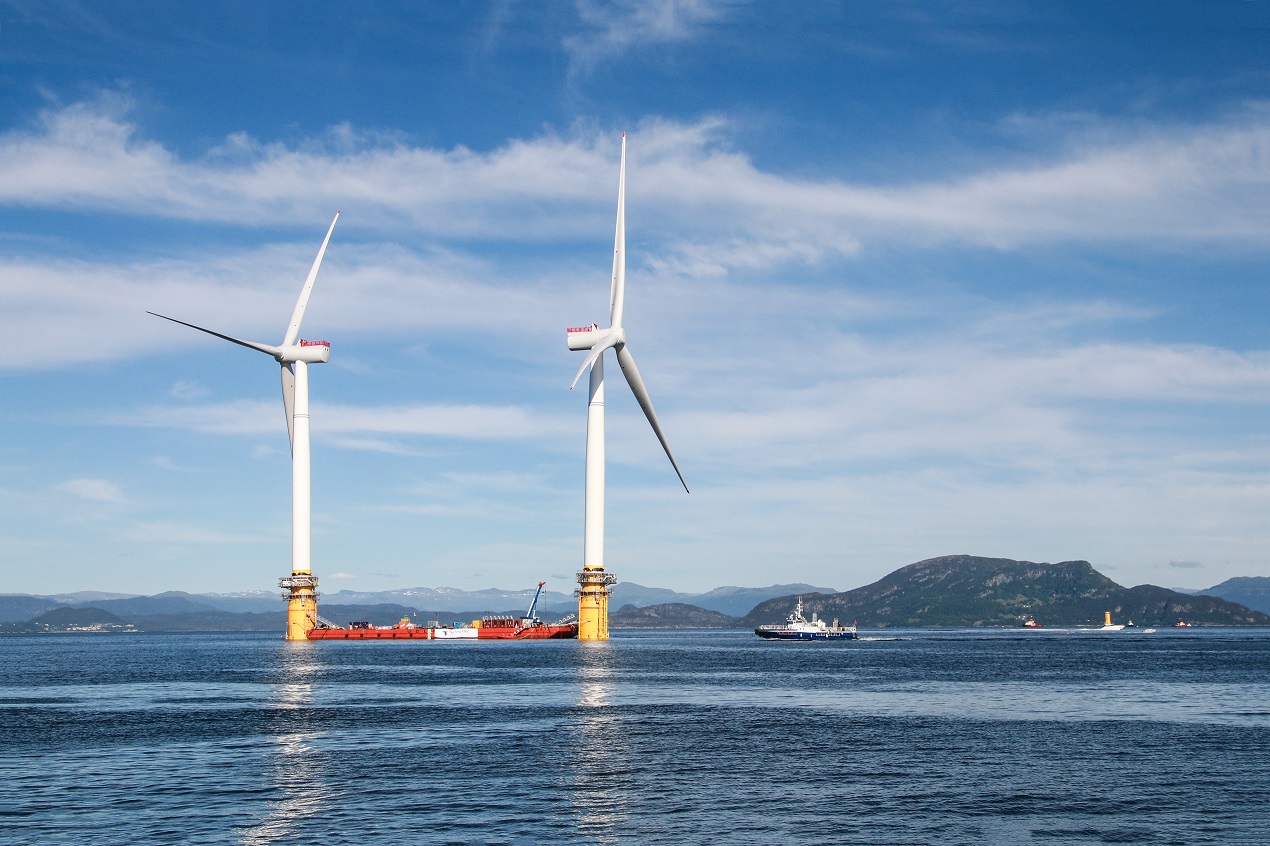The Energy Transition | UK government reviews Capacity Market
Published on 8th October 2025
Welcome to our top picks of the latest energy regulatory and market developments in the UK's transition to net zero

This week we look at the UK government's review of the capacity market, NESO's updated connection reform timeline, plans for solar to be fitted to NHS and school sites, and the latest Clean Power 2030 metrics.
UK government consults on Capacity Market reform
The Department for Energy Security and Net Zero (DESNZ) has opened two consultations on changes to prequalification in 2026 and hydrogen to power and interconnector changes that could result in major reforms to the electricity Capacity Market (CM).
The government consultation on proposed changes to prequalification closes 27 November and has requested views on proposals for the CM including multiple pricing, ensuring efficient bidding, consumer-led flexibility, self-nomination of battery energy storage system (BESS) connection capacity, and enabling non-fossil fuel generation to access a low-carbon capacity market.
Multiple price CM
The current system maintains a price cap of £75/Kw/yr, a price which has not changed since 2014 and therefore represents a "real price" decrease of around 30% from the first CM auctions. The consultation proposes introducing a new higher cap for "new build dispatchable enduring generation projects" in the T-4 action – with all other CM agreements remaining capped at £75/Kw/yr.
The government suggests technologies that would be considered for this higher cap are: biomass, combined cycle gas turbine, combined heat and power, energy from waste, hydro, nuclear, open cycle gas turbine and reciprocating engines; as well as most hydrogen to power (H2P) and power carbon capture, usage and storage.
Ensuring efficient CM bidding
The government is considering two changes to reduce information provided to participants before and during all CM auctions to guard against the risk of strategic behaviour whilst also ensuring that the CM remains attractive for a wide range of investors.
In particular, the government cites the low liquidity seen in recent T-4 auctions as comparative to when the CM was introduced. This is driving the need for change, given that there is more information in a low-liquidity auction which heightens the risk that participants can leverage assets in their portfolio to drive up pricing in the CM.
Consumer-led flexibility
Consumer-led flexibility (CLF) is an umbrella term for a range of demand-side response (DSR) mechanisms, that allow consumers to take voluntary actions either directly or via a responsible third party (that is, the consumer's energy supplier) to reduce consumption of electricity in times of peak demand or low supply from intermittent renewables.
DSR is intended to provide the consumer with benefits, which are usually financial in the form of lower prices at off-peak times. It also intends to provide the grid with stability in peak demand periods, either in the form of reduced load from DSR-engaged consumers or additional supply, such as through vehicle-to-grid electric vehicles.
The government has published a response paper to its original call for evidence on consumer-led flexibility in the CM, which was launched in December 2024, and closed in February of this year. Building on this response, the government is proposing a number of changes to CLF participation in the CM.
The changes include the introduction of a minimum capacity demonstration relative to capacity obligations secured in the CM; the reduction of administrative requirements for aggregated portfolios of small-capacity components; enhancing submissions made at pre-qualification to support improved oversight; and enhancing data collection on DSR participation in the CM.
Self-nomination of BESS connection capacity
The consultation also proposed the introduction of a new ability for BESS operators to "self-nominate" a connection capacity in their CM agreements.
Under the current framework, BESS operators risk termination of their CM agreement due to the natural degradation of batteries over time, which could lead to them falling below their required energy capacity, power and efficiency. Self-nomination will allow them to put forward a lower capacity that will be able to be met over the lifetime of the CM agreement.
Enabling non-fossil fuel generation to access low-carbon CM
The proposals attempt to address the lack of appropriate methodology to calculate how biomass (and other non-fossil fuel generating technologies) meet the CM's low-carbon emissions threshold (100gCO2e/kWh). The inability of appropriate methods currently means these technologies may not be able to access the low-carbon technology-specific benefits under CM (longer agreements and declared longstop dates), which may, in turn, reduce investor confidence in the technology.
The government proposes an interim solution for prequalification in 2026, which requires biomass to demonstrate compliance with the existing Renewables Obligations criteria. In the longer-term, it proposes a solution that is aligned to the wider government policy for biomass generation.
The consultation also raises further general administrative and operational improvements for CM. The consultation is open until 27 November 2025 and interested parties have been invited to express their views via an online survey, email or writing to the DESNZ's future electricity security team.
H2P participation
The government's additional call for evidence on H2P and updating interconnector de-rating factors in the CM builds on its commitment in December 2024 to implement a H2P business model, which is anticipated to launch in 2026.
The government has shown a wider commitment to enabling hydrogen technologies to enhance their potential business models and has set out explicitly in the Clean Power Action Plan a desire to develop H2P.
The ability of H2P to participate in the CM could enhance the potential revenue streams for developers and, in turn, reduce the financing risk associated with hydrogen as an emerging technology.
The consultation seeks views on whether H2P systems, including combustion plants and fuel cells, can easily fit into existing technology classes or whether bespoke H2P classes should be created for both hydrogen-generating technologies. Views are also sought on the impact of this categorisation for "sub-classes" of H2P; such as plants connected to the wider hydrogen network, closed loop hydrogen systems or fuel "blended" plants.
Interconnector de-rating factors
Under the existing CM rules, the government makes the final decision on de-rating factors for interconnectors following analysis by the National Energy System Operator (NESO) and the DESNZ Panel of Technical Experts.
The rules around this stage and the methodology used to determine the reliability of interconnectors have not been reviewed since 2015. The government is seeking views on how interconnectors should be assessed for de-rating.
In conjunction with the consultation, the government has published a recommendation paper by Frontier Economics and LCP Delta on interconnector technical adjustments and is proposing the implementation of the general recommendations of the report.
The government is also considering the option of excluding "high-impact low probability" events from the technical adjustment calculation for de-rating interconnectors. However, this is marked as "under review" due to the potential that such a change could over-exaggerate the contribution of interconnectors to energy security.
NESO announces updated timeline for connections reform
The National Energy System Operator (NESO) has released the updated timeline for its grid connections process.
The reforms to the grid connections system, referred to as the TM04+ package, have been introduced to overhaul the grid connections process (at distribution and transmission level), including through the reordering of the existing grid connections queue pursuant to CMP 435 (also known as "Gate 2 to the whole queue" (G2TWQ).
Under the G2TWQ process, projects which were already in the connections queue are to be reassessed against new "readiness" and "strategic alignment" criteria to determine which projects are ready to connect and best align with the UK’s long-term energy needs. Projects that meet the new criteria receive revised "Gate 2" offers, while those that don't are removed from the queue, freeing up capacity for viable schemes.
The updated connections reform timeline expresses deadlines as "no later than" targets rather that fixed deadlines, providing NESO with additional flexibility.
The full connections reform timeline has significantly revised deadlines.
- Customers will need to be notified of their Gate 2 status no later than the week commencing 1 December.
- Gate 2 protected transmission projects with connection dates in 2026 and 2027 and that have met the readiness and strategic alignment criteria will receive their offers by no later than the end of January 2026.
- Gate 2 protected distribution projects with connection dates in 2026 and 2027 and that have met the readiness and strategic alignment criteria will receive their offers by no later than the end of the first quarter of 2026.
NESO also notably confirmed the updated timeline will not have an adverse impact on future projects that are or intend to be part of the Regional Energy System Plan and the Contracts for Difference scheme.
Schools and NHS sites fit solar panels following government and GB Energy investment
The UK government has announced that the first five NHS sites and three schools have been fitted with solar panels funded by Great British Energy (GBE), with a further eight schools due to have them fitted this autumn.
The installations are the first of the "solar rollout" and will allow the 16 sites to save a combined estimated £3.8 million in energy bills over the course of the installation life. While reducing energy bills, this will also enable the sites to sell leftover energy back to the grid.
The government and GBE have committed £180 million in funding the solar rollout: approximately £80 million supporting 200 schools and £100 million supporting nearly 200 NHS sites (one third of NHS trusts), with all expected to have solar panels by April 2026. The solar rollout is expected to save the NHS and schools a combined total of up to £400 million, which they can then reinvest.
Schools and hospitals have been heavily impacted by rising energy bills in recent years and have welcomed the investment. GBE's CEO, Dan McGrail, commented that the solar rollout will ensure "money is being put back into frontline care and education, providing cheap, clean and secure power".
DESNZ publishes data on the progress of the Clean Power 2030 metrics
The Department for Energy Security and Net Zero (DESNZ) has published statistics that show renewable energy use in the second quarter of this year reached the highest level yet and accounted for 54.5% of all generation.
Wind and solar energy were the largest energy sources (17.9 TWh and 7.1 TWh respectively), primarily due to increased wind capacity (with total generation increasing by 5% and offshore generation increasing by 10%) and average sun hours recorded, as well as additional solar capacity of 1.4GW.
Hydro generation was down by one third to 0.7 TWh and nuclear down by 13% to 9.9TWh.
This article was written with the assistance of Adam Budd, Yasmine Jauffur and Oliver Derham, trainee solicitors.







